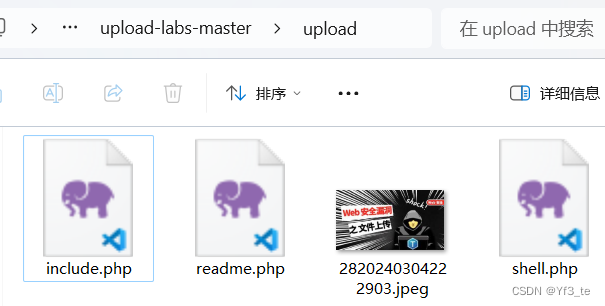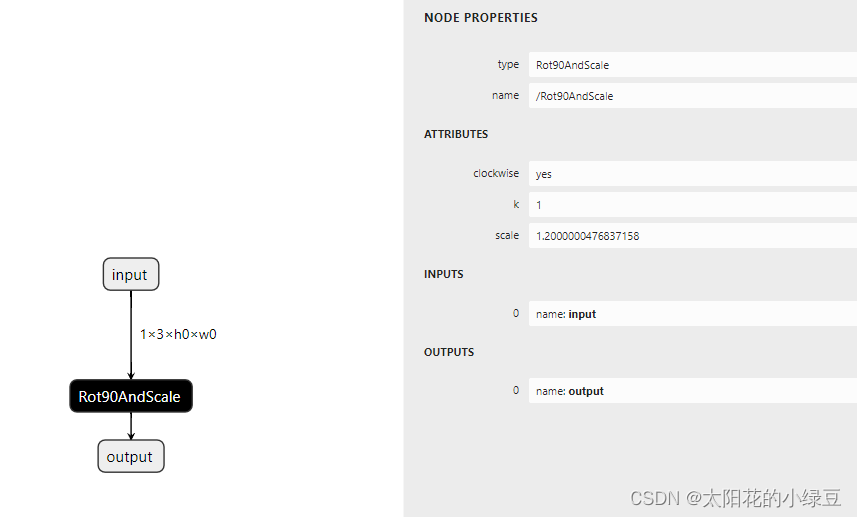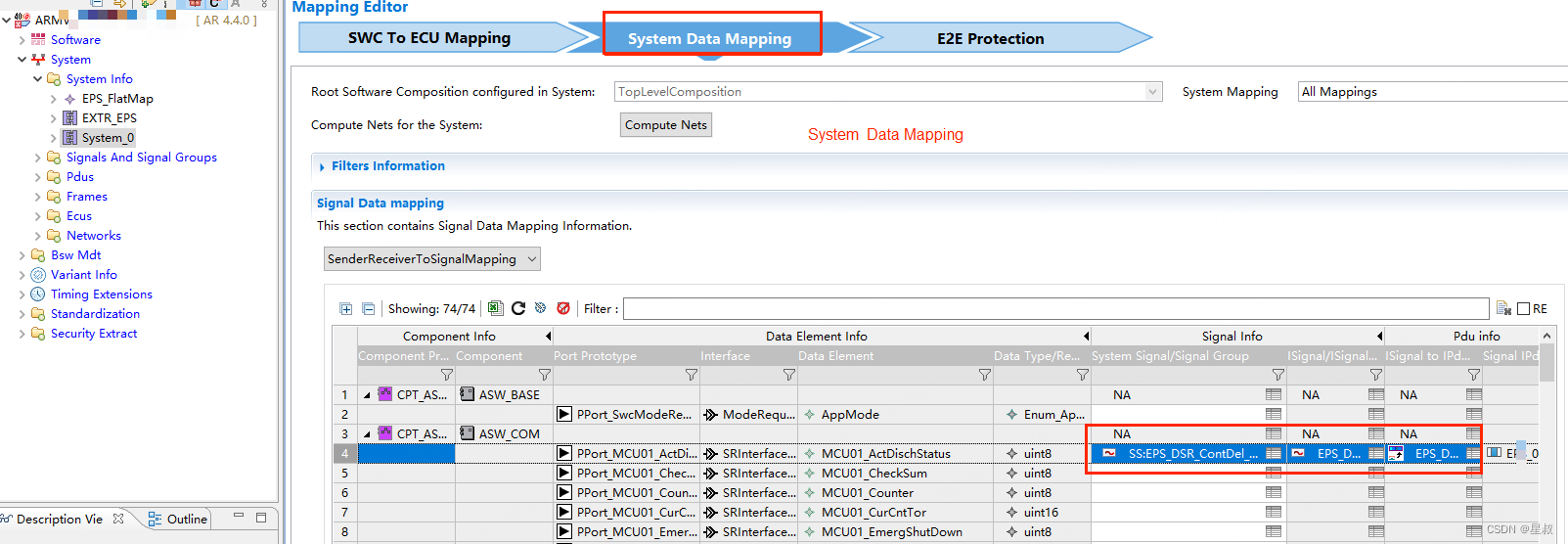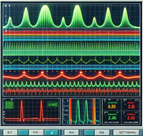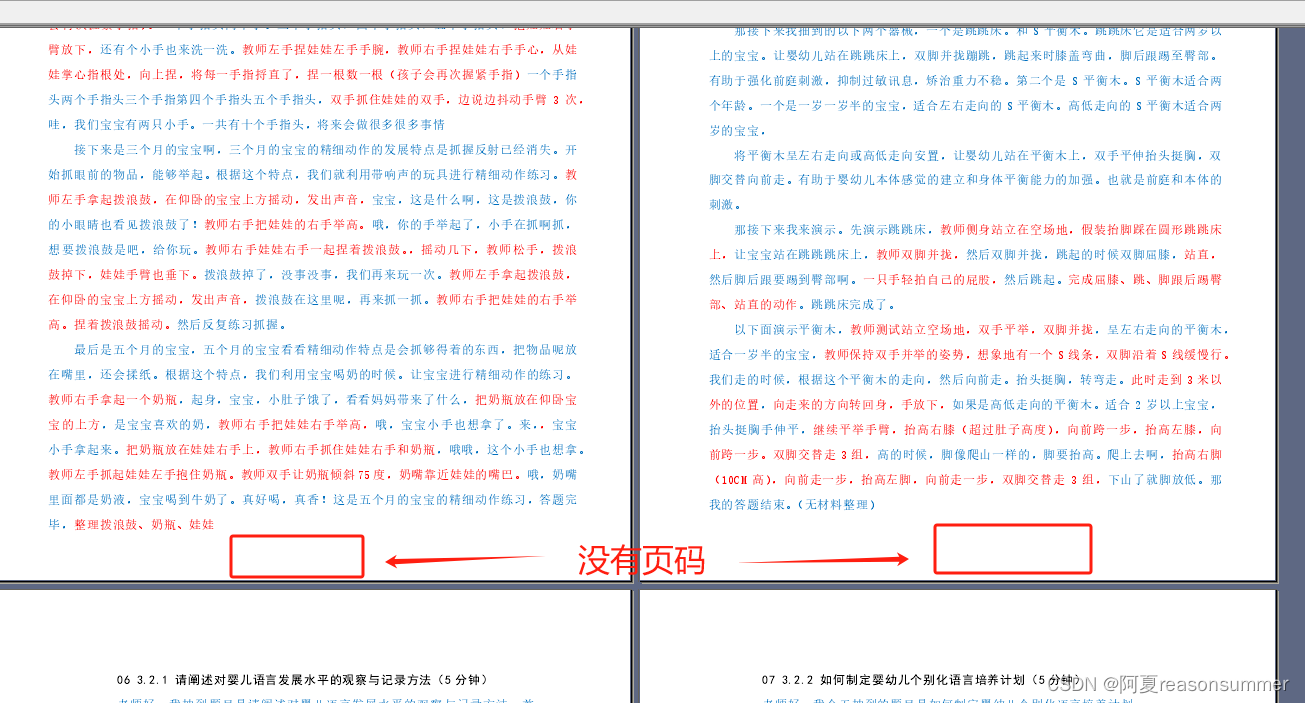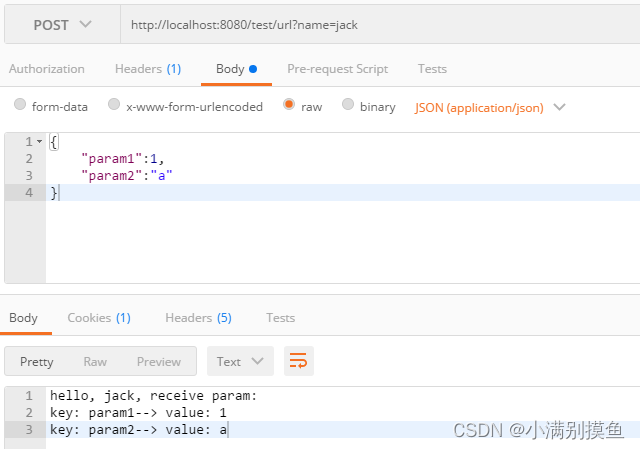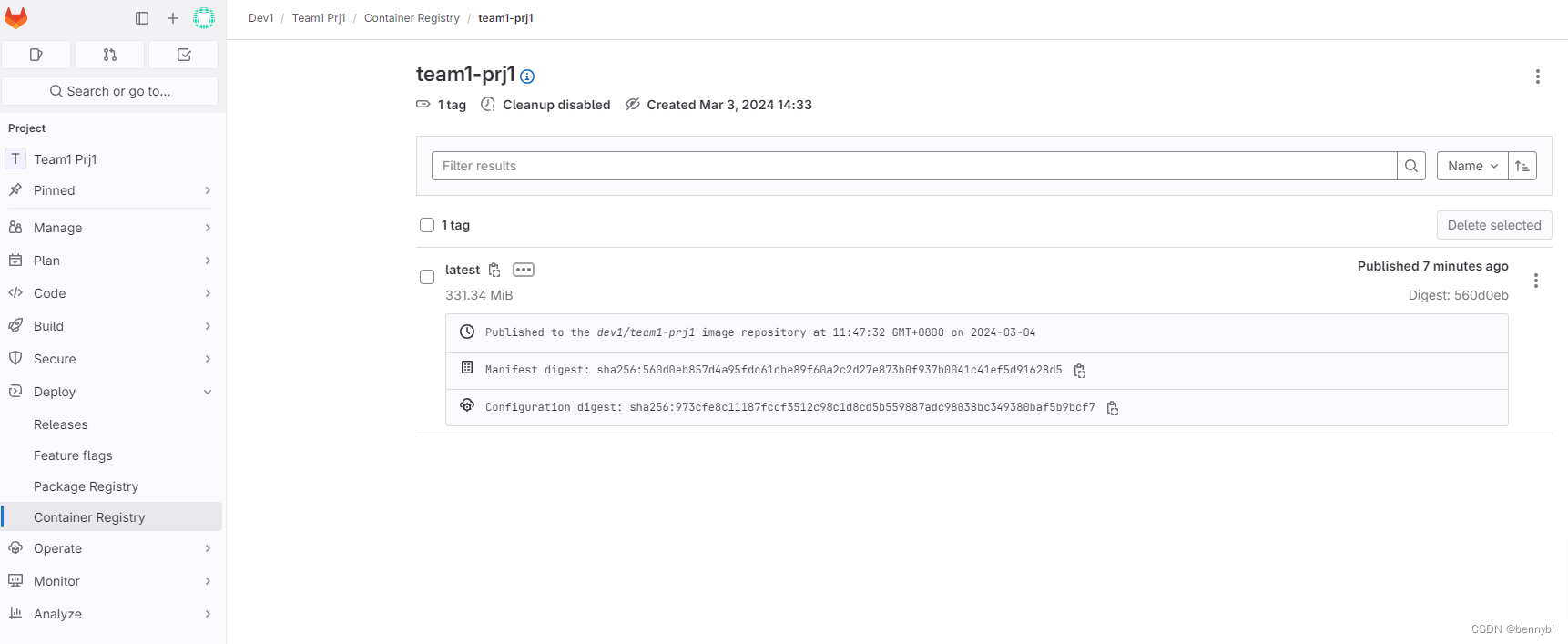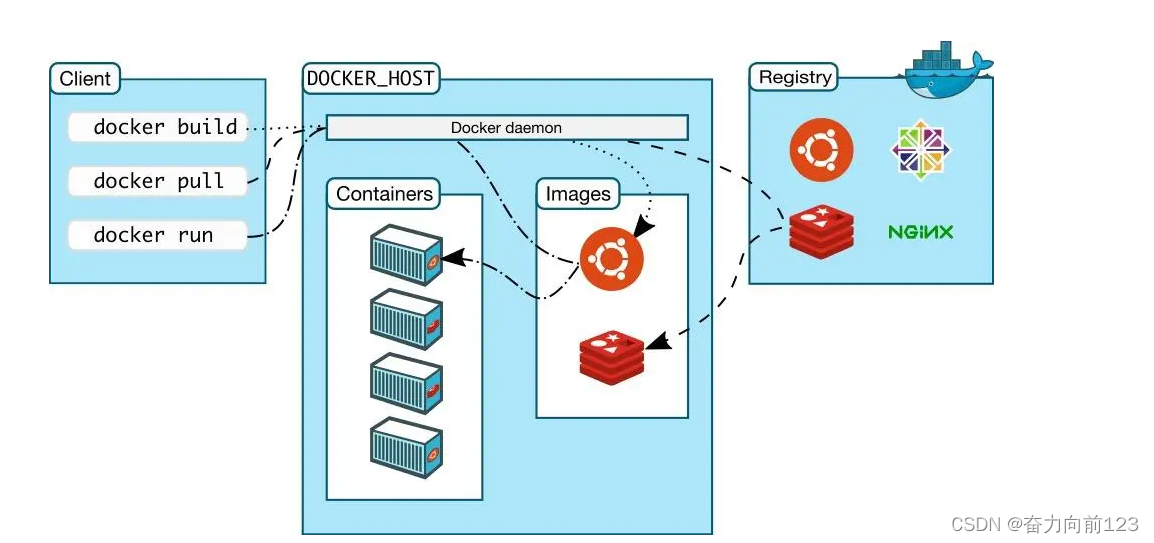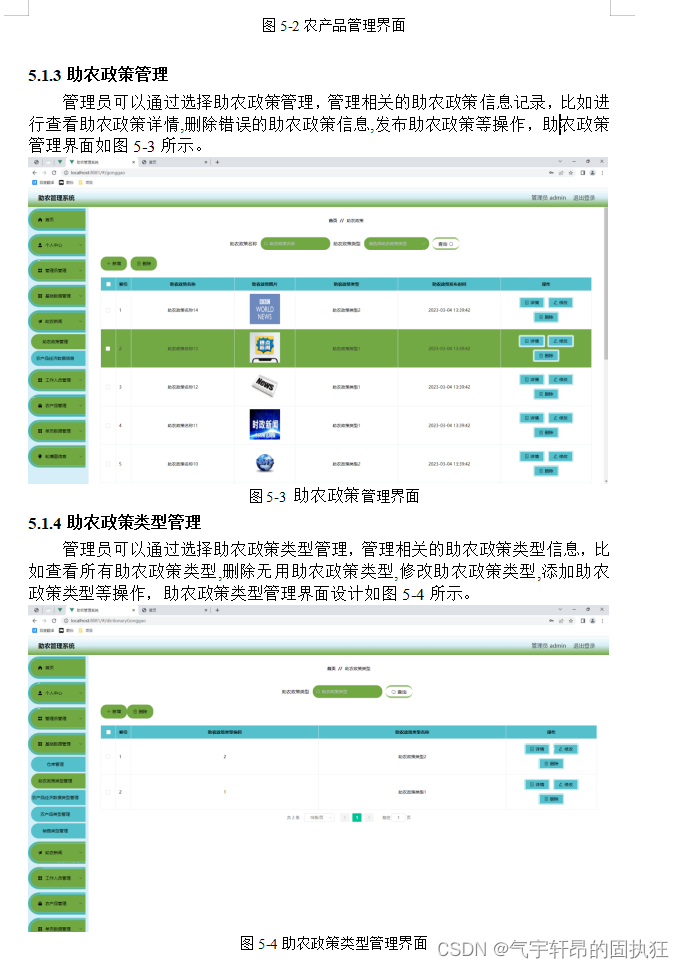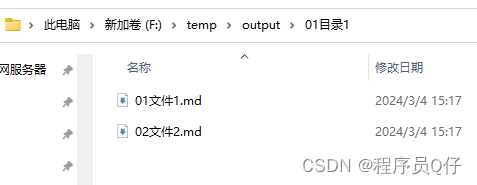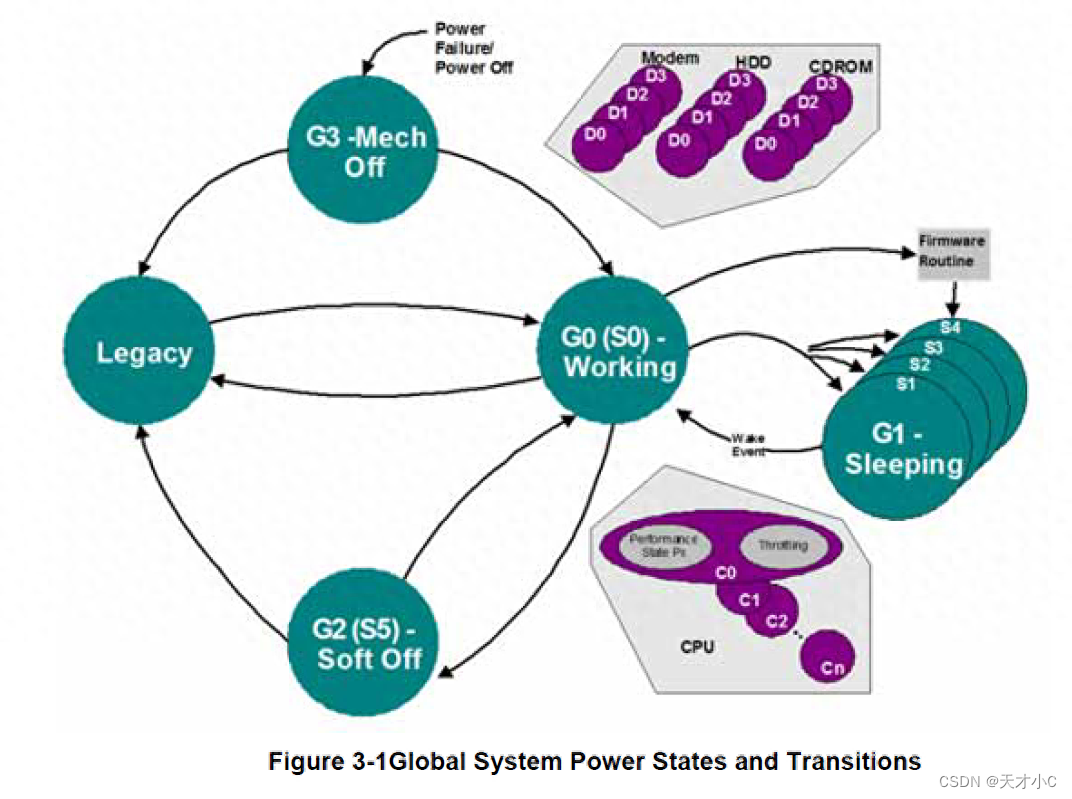
P-States是指处理器的性能状态,可以根据需要调整处理器的工作频率和电压来平衡性能和能效。
S-States是指系统的睡眠状态,可以让系统在空闲时进入低功耗状态以节省能量。
G-States是系统的全局状态,通常用于描述整个系统的运行状态。
C-States是处理器的特定状态,用于描述处理器的不同工作状态,包括工作状态和休眠状态
D-States是指设备状态(Device States)
Global System State
G0 Working
A computer state where the system dispatches user mode (application) threads and they execute. In this state, peripheral devices (peripherals) are having their power state changed dynamically. The user can select, through some UI, various performance/power characteristics of the system to have the software optimize for performance or battery life. The system responds to external events in real time. It is not safe to disassemble the machine in this state.
G1 Sleeping
A computer state where the computer consumes a small amount of power, user mode threads are not being executed, and the system “appears” to be off (from an end user’s perspective, the display is off, and so on). Latency for returning to the Working state varies on the wake environment selected prior to entry of this state (for example, whether the system should answer phone calls). Work can be resumed without rebooting the OS because large elements of system context are saved by the hardware and the rest by system software. It is not safe to disassemble the machine in this state.
G2/S5 Soft Off
A computer state where the computer consumes a minimal amount of power. No user mode or system mode code is run. This state requires a large latency in order to return to the Working state. The system’s context will not be preserved by the hardware. The system must be restarted to return to the Working state. It is not safe to disassemble the machine in this state.
G3 Mechanical Off
A computer state that is entered and left by a mechanical means (for example, turning off the system’s power through the movement of a large red switch). It is implied by the entry of this off state through a mechanical means that no electrical current is running through the circuitry and that it can be worked on without damaging the hardware or endangering service personnel. The OS must be restarted to return to the Working state. No hardware context is retained. Except for the real-time clock, power consumption is zero.
Device power states
D3 (Off)
Power has been fully removed from the device. Also referred to as D3cold in this and other specs. All device context is lost when this state is entered, so the OS software will reinitialize the device when powering it back on. Since all device context and power are lost, devices in this state do not decode their address lines, and cannot be enumerated by software. Devices in this state have the longest restore times.
D3hot
The meaning of the D3hot State is defined by each device class. In general, D3hot is expected to save as much power as possible without affecting PNP Enumeration. Devices in D3hot must haveenough power to remain enumerable by software. For example, PCI Configuration space access and contents must operate as in shallower power states. Similarly, ACPI identification and configuration objects must operate as in shallower power states. Otherwise, no device functionality is supported, and Driver software is required to restore any lost context, or reinitialize the device, during its transition back to D0.
D2
The meaning of the D2 Device State is defined by each device class. Many device classes may not define D2. In general, D2 is expected to save more power and preserve less device context than D1 or D0. Buses in D2 may cause the device to lose some context (for example, by reducing power on the bus, thus forcing the device to turn off some of its functions).
D1
The meaning of the D1 Device State is defined by each device class. Many device classes may not define D1. In general, D1 is expected to save less power and preserve more device context than D2.
D0 (Fully-On)
This state is assumed to be the highest level of power consumption. The device is completely active and responsive, and is expected to remember all relevant context continuously.

Sleeping and Soft-off State
S1 Sleeping State
The S1 sleeping state is a low wake latency sleeping state. In this state, no system context is lost (CPU or chip set) and hardware maintains all system context.
S2 Sleeping State
The S2 sleeping state is a low wake latency sleeping state. This state is similar to the S1 sleeping state except that the CPU and system cache context is lost (the OS is responsible for maintaining the caches and CPU context). Control starts from the processor’s reset vector after the wake event.
S3 Sleeping State
The S3 sleeping state is a low wake latency sleeping state where all system context is lost except system memory. CPU, cache, and chip set context are lost in this state. Hardware maintains memory context and restores some CPU and L2 configuration context. Control starts from the processor’s reset vector after the wake event.
S4 Sleeping State
The S4 sleeping state is the lowest power, longest wake latency sleeping state supported by ACPI. In order to reduce power to a minimum, it is assumed that the hardware platform has powered off all devices. Platform context is maintained.
S5 Soft Off State
The S5 state is similar to the S4 state except that the OS does not save any context. The system is in the “soft” off state and requires a complete boot when it wakes. Software uses a different state value to distinguish between the S5 state and the S4 state to allow for initial boot operations within the platform boot firmware to distinguish whether the boot is going to wake from a saved memory image.
Processor Power State
C0 Processor Power State
While the processor is in this state, it executes instructions.
C1 Processor Power State
This processor power state has the lowest latency. The hardware latency in this state must be low enough that the operating software does not consider the latency aspect of the state when deciding whether to use it. Aside from putting the processor in a non-executing power state, this state has no other software-visible effects.
C2 Processor Power State
The C2 state offers improved power savings over the C1 state. The worst-case hardware latency for this state is provided via the ACPI system firmware and the operating software can use this information to determine when the C1 state should be used instead of the C2 state. Aside from putting the processor in a non-executing power state, this state has no other software-visible effects.
C3 Processor Power State
The C3 state offers improved power savings over the C1 and C2 states. The worst-case hardware latency for this state is provided via the ACPI system firmware and the operating software can use this information to determine when the C2 state should be used instead of the C3 state. While in the C3 state, the processor’s caches maintain state but ignore any snoops. The operating software is responsible for ensuring that the caches maintain coherency.
Device and Processor Performance State
P0 Performance State
While a device or processor is in this state, it uses its maximum performance capability and may consume maximum power.
P1 Performance State
In this performance power state, the performance capability of a device or processor is limited below its maximum and consumes less than maximum power.
Pn Performance State
In this performance state, the performance capability of a device or processor is at its minimum level and consumes minimal power while remaining in an active state. State n is a maximum number and is processor or device dependent. Processors and devices may define support for an arbitrary number of performance states not to exceed 255.
